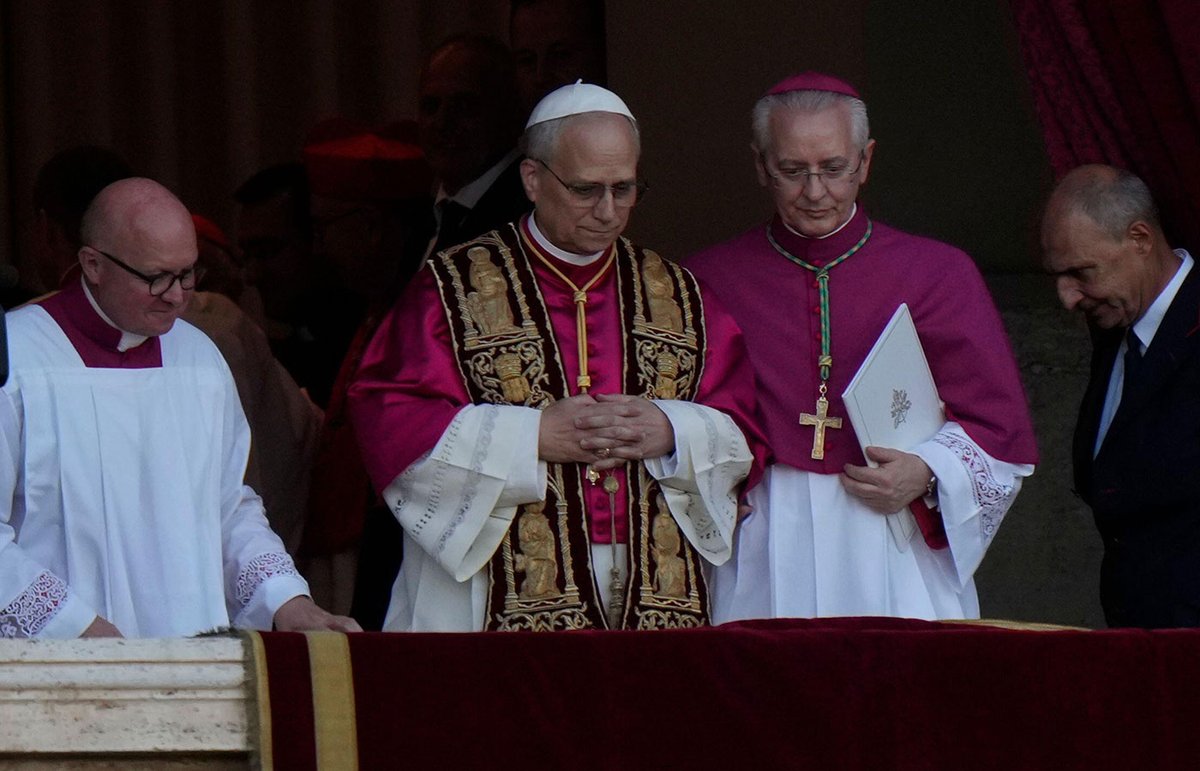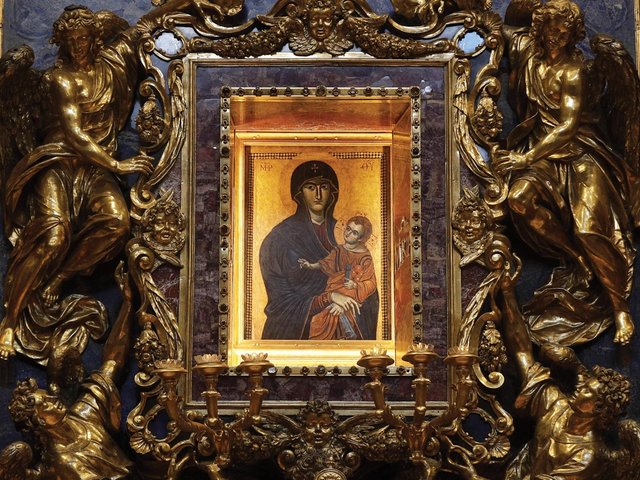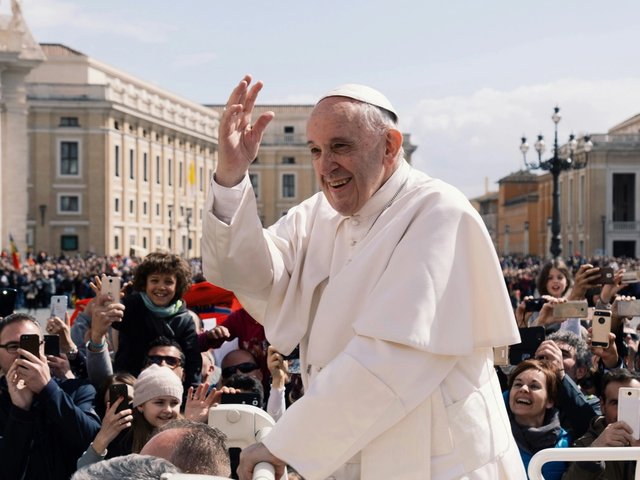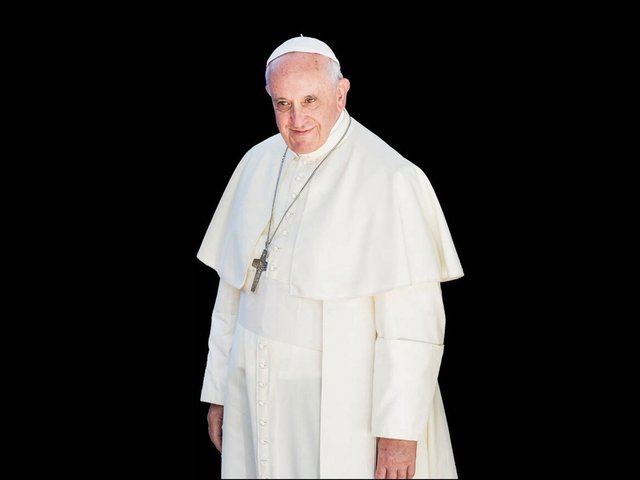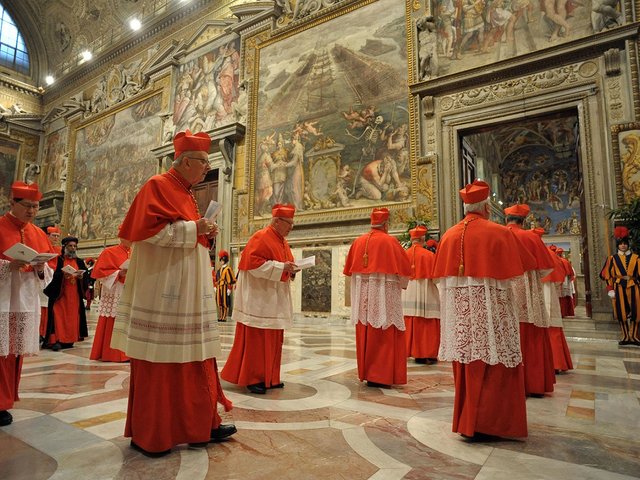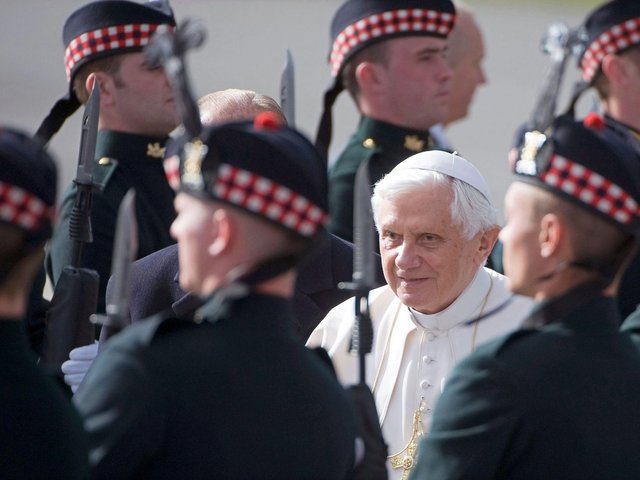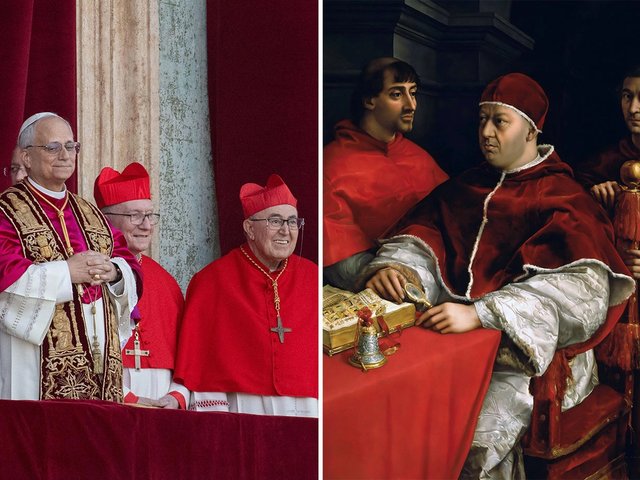Robert Francis Prevost has been elected pope, taking the name Leo XIV. He becomes the spiritual leader of the world’s 1.3 billion Catholics, the first US pope, the first to be a member of the Augustinian Order of friars, and the 267th holder of the office in succession to St Peter.
The Chicago-born Prevost, who is aged 69, has spent much of his life as a priest as an Augustinian missionary in Peru, and was head of the Augustinian order, as prior general, in 2001-13. He was made Bishop of Chiclayo in Peru by his predecessor Pope Francis in 2014, and a cardinal in 2023. (In 2015 he became a naturalised Peruvian citizen and holds dual citizenship.)
Through his office, Leo XIV becomes proprietor in trust of the great art and architectural treasures of Vatican City, and will be looked to as a moral authority, a global diplomat, and a voice for social justice in line with the teachings of the Catholic church and the pursuit of world peace.
During the recent conclave that elected him, he was spoken of as a moderate and bridge-builder, and is seen as a successor who will maintain Francis's stand on migrants, the poor and social justice. He looked visibly moved as he uttered his first words as pope to the world from the balcony of St Peter's Basilica: "Peace be with you."
Leo's actions as pope will be analysed for how they align with or differ from those of his predecessors, whether in political, social, doctrinal or liturgical matters. This will be done with particular reference to the impact of his three immediate predecessors: two largely conservative pontiffs—John Paul II (pope from 1978-2005) and Benedict XVI (2005-13)—and the more progressive Francis (2013-25), the first pope from the Americas and the first from the Global South.
Last year, while still president of the Pontifical Commission for Latin America and Prefect of the Dicastery for Bishops, the then Cardinal Prevost clearly followed Francis's ground-breaking lead on the church's duty to address climate change.
Speaking in relation to the 2015 encyclical Laudato Si’ (praise be to you)—in which Francis had brought climate change into Catholic doctrine—Prevost said that it was time to move “from words to action” and to act on the basis of the Catholic church's social doctrine. According to Vatican News Prevost said that "'Dominion over nature'—the task which God gave humanity—should not become 'tyrannical'. It must be a 'relationship of reciprocity' with the environment."
The examples of recent pontificates indicate that the new pope’s office gives him the stature, and the traditional foundations, to be an influential leader in multiple areas—from art history to climate change—of specific interest to cultural and visual arts organisations.
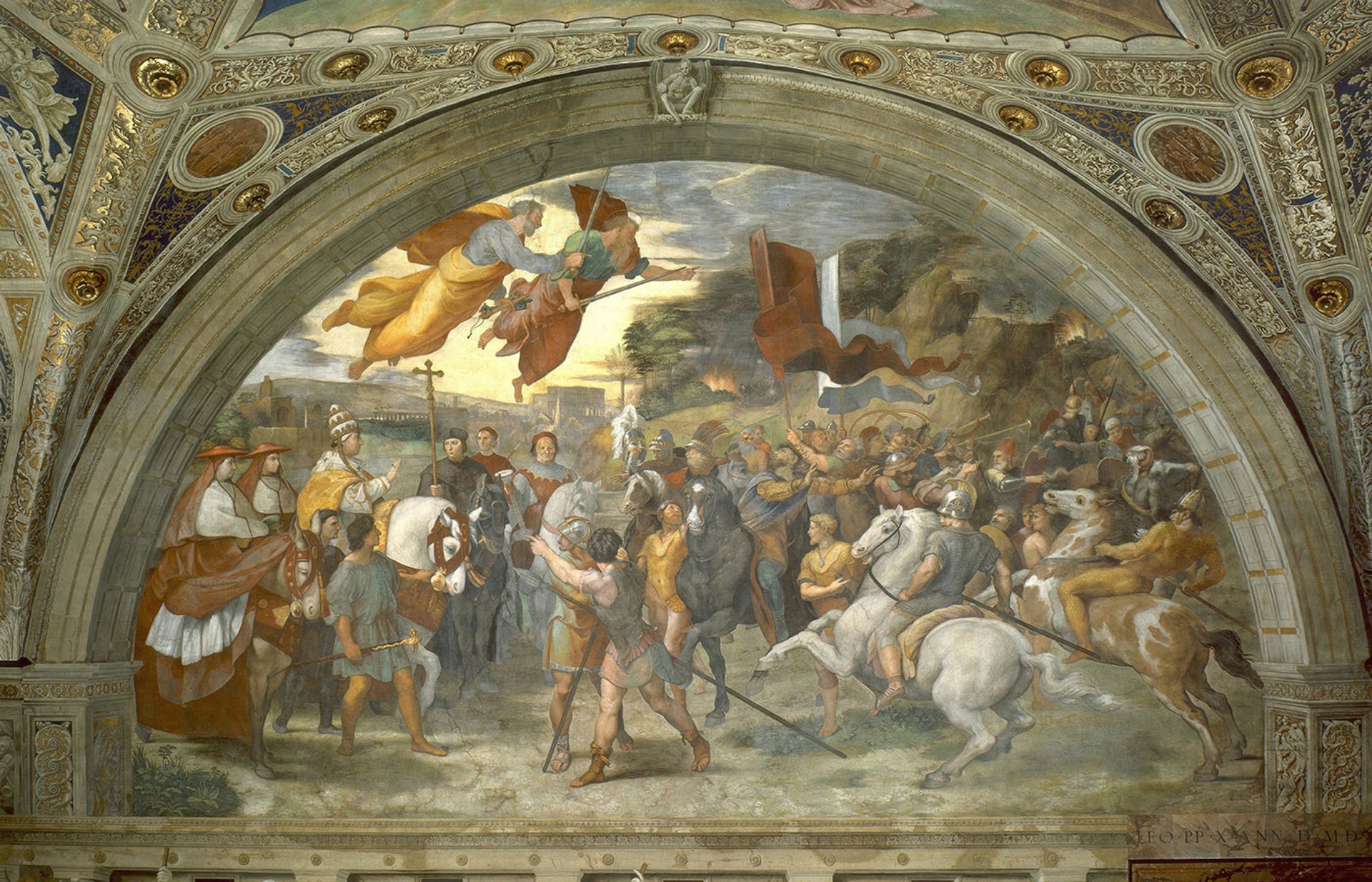
The first Pope Leo: Raphael's The Meeting of Leo the Great and Attila, 1514, in the Stanza di Eliodoro, in the Apostolic Palace, Vatican City Public Domain, via Wikimedia Commons
Art history
The new pope becomes head of one of the historic revealed religions, with ultimate charge not just of the Vatican Museums and Library, with their holdings covering two millennia of Christianity, but also the remainder of the built patrimony of the tiny Vatican City state at the heart of Rome.
As well as St Peter’s, a great Renaissance edifice and a building of special religious and architectural importance, the built patrimony includes the Sistine Chapel and its famous ensemble of late 15th- and early 16th-century frescoes; the jewel-like Niccoline Chapel adorned with frescoes by Fra Angelico; and the Raphael apartments, or stanze, in the Apostolic Palace of the Vatican, with the artist's The School of Athens their crowning achievement. The Vatican also owns and maintains three papal basilicas in Rome that are outside the Vatican City but owned and run by the Holy See—Santa Maria Maggiore, San Giovanni in Laterano and San Paolo Fuori le Mura.
In one of the stanze in the Apostolic Palace is Raphael's The Meeting of Leo the Great and Attila, 1514, depicting the moment in 452 that the first Pope Leo confronted Attila, the feared ruler of the Huns, on the shores of Lake Garda, to persuade him, successfully, not to invade Italy or to proceed to attack Rome. Pope Leo I, in papal crown, mounted on a magnificent white steed, raises his right hand, while a miraculous apparition of Saint Peter and Saint Paul bear swords above him, with Attila looking up at the airborne saints, prostrated and filled with awe.
Two other Leos—Popes Leo X and XI—were members of the great Medici clan of art patrons. Giovanni di Lorenzo de' Medici, Pope Leo X, a son of Lorenzo the Magnificent, was the subject of one of the most intimate and unexpected of papal portraits, Raphael's Portrait of Pope Leo X and cardinals Giulio de' Medici and Luigi de' Rossi (1518-20), now in the collection of Musei degli Uffizi.
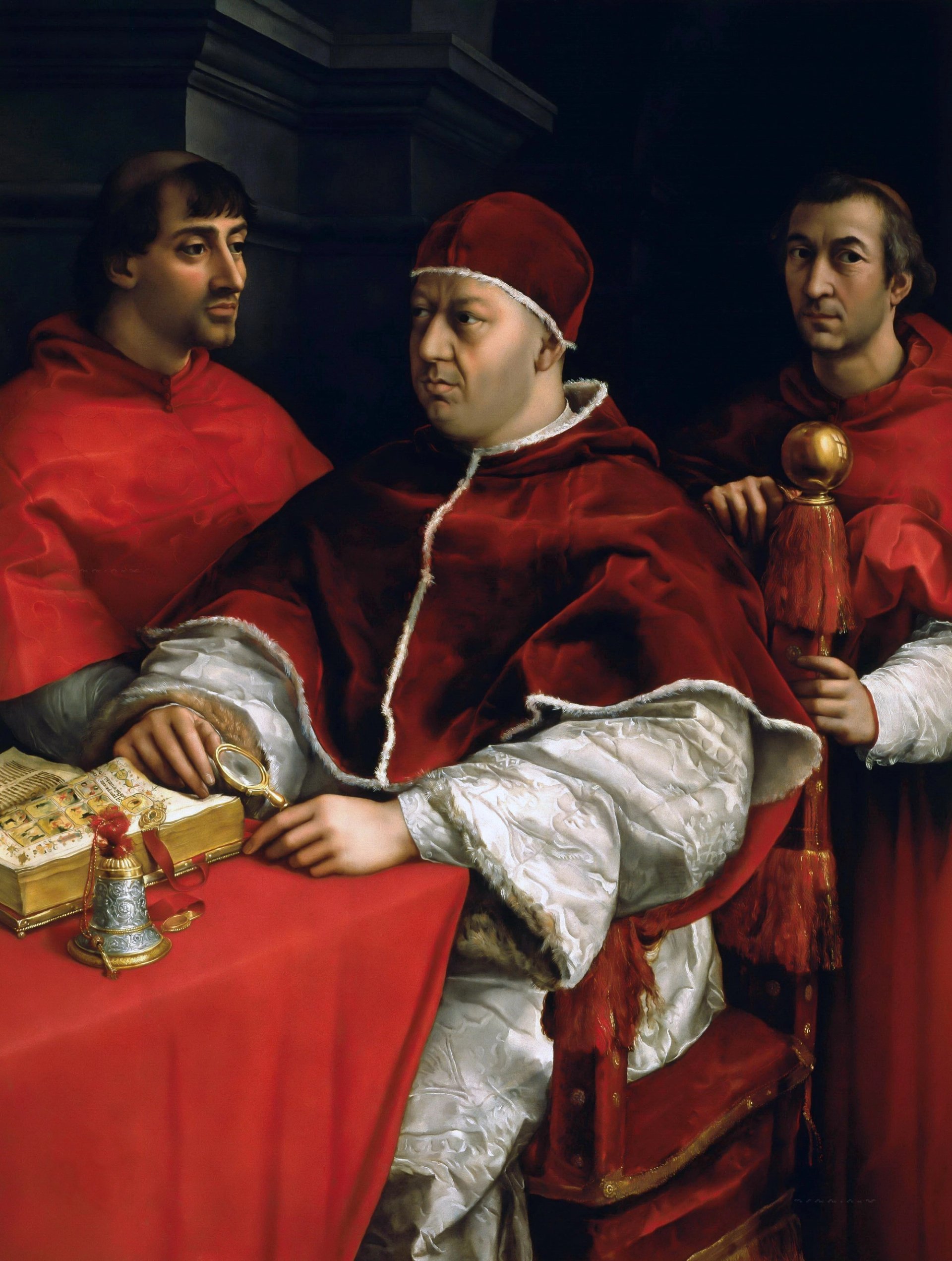
A previous Leo: Raphael's Pope Leo X and cardinals Giulio de' Medici and Luigi de Rossi (1518-20) Uffizi Gallery, Public domain, via Wikimedia Commons
Under Benedict XVI and Francis, the Vatican Museums became involved as never before in exhibition loans to and from international museums, in a parallel development to the way that the Royal Collection Trust was opened up to the world of art history during the reign of the late Queen Elizabeth II. Both Benedict and Francis took a close interest in the Vatican Museums' decisions around conservation projects and exhibition loans.
Arnold Nesselrath, former director of the Art History departments of the Vatican Museums, told The Art Newspaper in 2023 that Benedict was closely involved in research into the restoration of the Vatican's Pauline Chapel—home to Michelangelo's two last frescoes, The Conversion of Saul and The Crucifixion of St Peter (1542-49)—carried out by the Vatican specialists and completed in 2009. On one occasion, Nesselrath recalls, "Benedict spontaneously accepted my invitation to come up on the scaffolding and to touch Michelangelo’s Crucifixion of St Peter". Benedict was likewise a prime mover in the Vatican's loan of Raphael's Madonna di Foligno (1511), to hang next to Raphael's Sistine Madonna (1512) in the Gemäldegalerie Alte Meister in Dresden, marking Benedict's official visit to Germany—his home country—in September 2011.
One of Francis's final interventions with the Vatican collection was to be taken in his wheelchair into the nave of St Peter's, days before his death, informally dressed, in order that he might thank the Vatican Museum conservators who had recently finished work on the restoration of the tombs to two great papal champions of the building of St Peter's: Guglielmo della Porta's bronze and marble memorial to Paul III (1549-75) and Gian Lorenzo Bernini's memorial to Urban VIII (1627-47).
Objects of devotion
Recent history suggests that the new pope will be in a position to influence the taste of the Catholic faithful in objects of devotion. During the early weeks of the global pandemic in 2020, Francis gave a powerful Easter speech, standing alone, in the rain and windswept darkness of St Peter's Piazza. He prayed for deliverance from Covid-19 accompanied by a reproduction of his favourite devotional image: the Salus Populi Romani icon from the basilica of Santa Maria Maggiore.
The Salus Populi Romani (the Salvation of the Roman People), as its name suggests, has a long connection to the city of Rome. Another of Francis's favourite images, Johann Georg Melchior Schmidtner's Mary, Untier of Knots (around 1700), was a revelation to many Catholics, one that he popularised first in Argentina and then across the globe. The image's subject spoke to Francis's fundamentally practical, down-to-earth nature; and his insistence that decisions had to be taken with thought, their difficulties “untied”.
Contemporary art
Four centuries on from the era of the great Renaissance art patron Popes—Julius II, Paul III, Paul V and Urban VIII—Pope Pius XII in 1949 launched a competition to build three new bronze doors to link the portico of the basilica to the nave, replacing old wooden doors. The finest of the new doors, Giacomo Manzù's Door of Death, was dedicated by Pope Paul VI in 1964.
Paul VI went on to set the Vatican on a concerted course of collecting contemporary art. His galleries of international Modern and contemporary work opened in the Vatican Museums in 1973, featuring the acquisition of work by artists including Manzù, Henri Matisse, Marc Chagall, Pablo Picasso, Salvador Dalí, Giorgio Morandi, Henry Moore and Graham Sutherland.
Benedict XVI, with the support of Antonio Paolucci, the head of the Vatican Museums, and Archbishop Gianfranco Ravasi, the Vatican’s minister of culture, made a new connection to contemporary art, which led to the Vatican having its first pavilion at the Venice Biennale in 2013 and later its first at the Architectural Biennale in 2018.
On 21 November 2009 Benedict held a meeting in the Sistine Chapel with an international group of several hundred artists of many disciplines, including the artists Bill Viola, Anish Kapoor and Jannis Kounellis, and the architects Daniel Libeskind and Zaha Hadid. Benedict referred back to an equivalent meeting that Paul VI had held 45 years earlier in which Paul had told the 1964 group: “We need you. We need your collaboration in order to carry out our ministry, which consists, as you know, in preaching and rendering accessible and comprehensible to the minds and hearts of our people the things of the spirit."
In 2021 Pope Francis opened a contemporary art gallery in the Vatican library. With that gesture he followed up on remarks he had made in in the 2015 book La Mia Idea di Arte (my idea of art)—based on his conversations with the journalist Tiziana Lupi—when he said: “The Vatican Museums must strive to be a place of beauty and welcome. They must embrace new forms of art. They must throw open their doors to people from around the world and serve as an instrument for dialogue between different cultures and religions, an instrument for peace.”
Francis attended the 2024 Venice Biennale, the first pontiff to visit the event, when he toured the Vatican pavilion and mentioned the late Catholic nun and activist Corita Kent—along with Frida Kahlo and Louise Bourgeois—as female artists whose works have “something important to teach us”.
Cultural restitution
Under Francis, the papacy made a number of symbolic gestures around artistic and cultural restitution. In November 2022 Francis ordered the Vatican Museums to return three Parthenon marble fragments to Greece, which had been held in their collections since the 19th century.
The three sculptural fragments had been held by the Gregoriano Profano Museum, home to the Holy See’s collections of antiquities. They include part of the head of the horse pulling Athena’s chariot in the frieze on the west side of the Parthenon, and elements of the heads of a boy and a bearded man.
This gesture was freighted with diplomatic symbolism as it followed Francis's 2021 visit to Athens. There, he had visited Ieronymos II, the Orthodox Christian archbishop of Athens and head of the Greek Orthodox Church, and made a night-time visit to the Parthenon.
“History makes its weight felt, and here, today," Francis said, “I feel the need to ask anew for the forgiveness of God and of our brothers and sisters for the mistakes committed by many Catholics.”
Climate change and social justice
Francis set a powerful model for addressing climate change in Catholic doctrine by issuing Laudato Si’, which addressed the climate crisis, and calling for shared stewardship of the environment. That encyclical, issued in the lead-up to the signing of the UN's 2015 Paris climate accord, was the first time that the Catholic church had made climate change part of its teaching. During his Venice Biennale visit in 2024, Francis addressed a crowd of 10,000 in Piazza San Marco, emphasising the danger that climate change posed to the city. “Venice is one with the waters on which it stands, and without the care and protection of this natural environment it could even cease to exist.”
Francis linked the climate emergency to income equality, and the pope's mission to the poor, something that Leo publicly supported last November at a conference on climate change held in Rome by the embassies of Cuba, Bolivia, and Venezuela to the Holy See. Prevost's decision to take the name of Leo has been seen by many commentators as doing honour to Leo XIII, pope from 1878 to 1903. Leo XIII is best remembered for his 1891 encyclical Rerum Novarum, which addressed the rights of workers to a fair wage and humane working conditions. The spirit of Rerum Novarum is captured in Pope Francis's enyclical Laudato Si’, which Leo XIV has endorsed.
“The human environment and the natural environment deteriorate together; we cannot adequately combat environmental degradation unless we attend to causes related to human and social degradation,” Francis wrote in Laudato Si’. “In fact, the deterioration of the environment and of society affects the most vulnerable people on the planet… For example, the depletion of fishing reserves especially hurts small fishing communities without the means to replace those resources; water pollution particularly affects the poor who cannot buy bottled water; and rises in the sea level mainly affect impoverished coastal populations who have nowhere else to go.”


